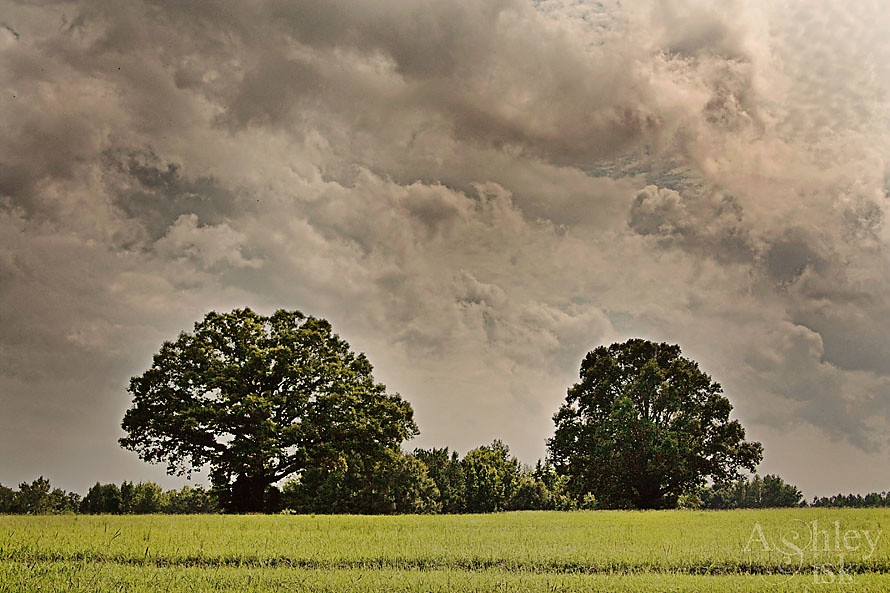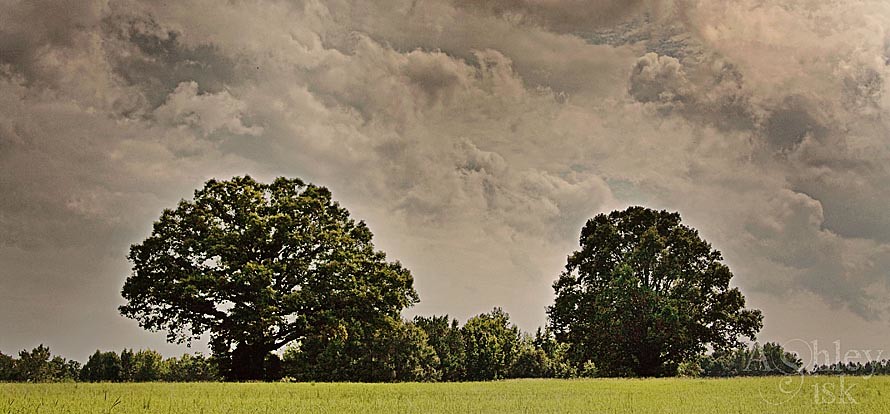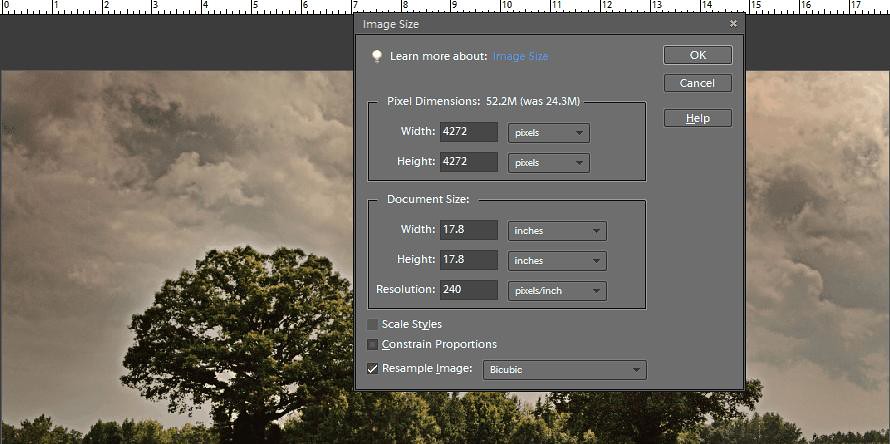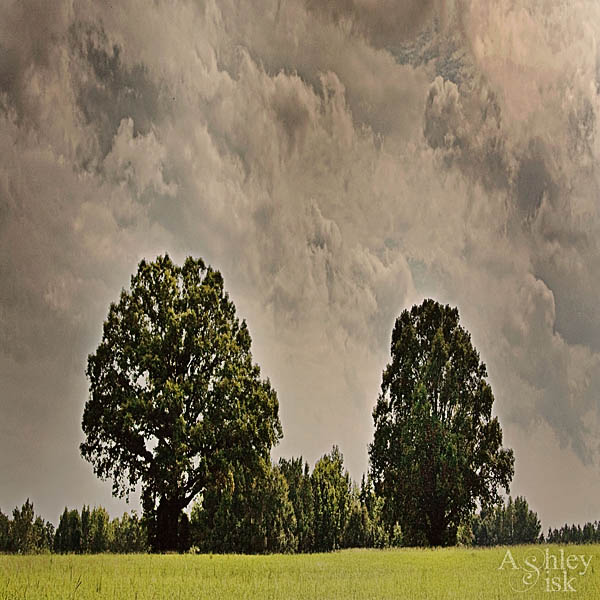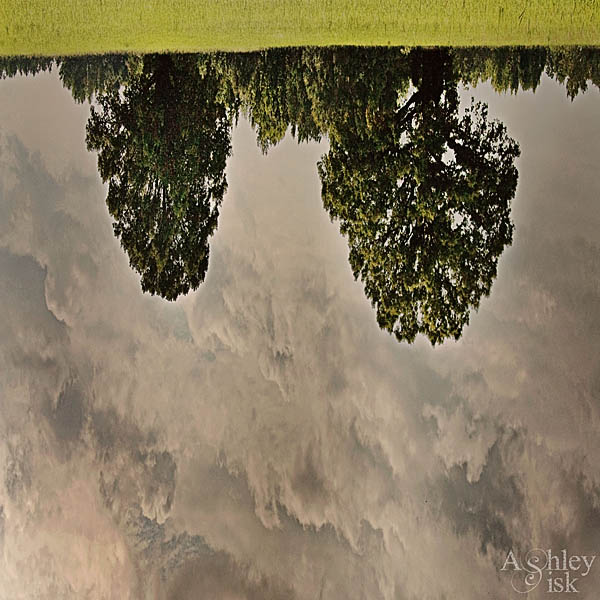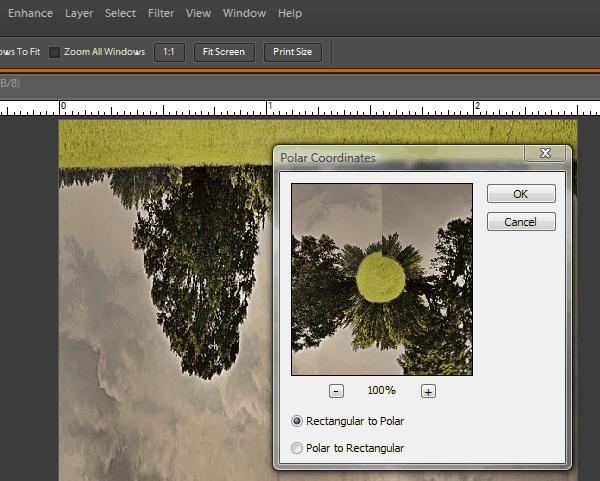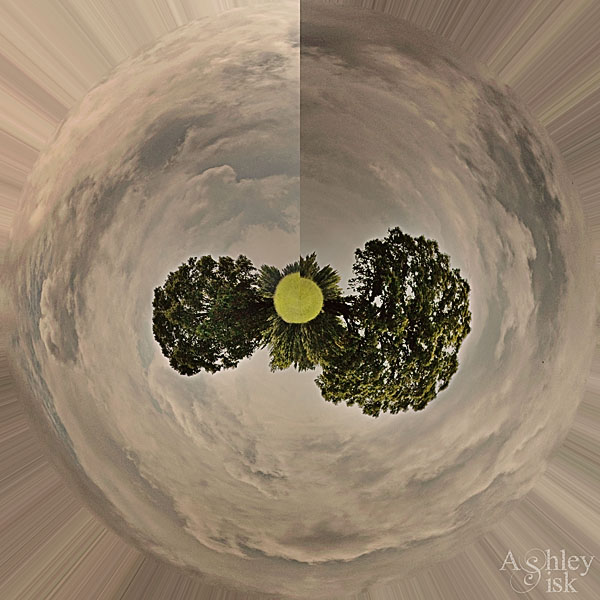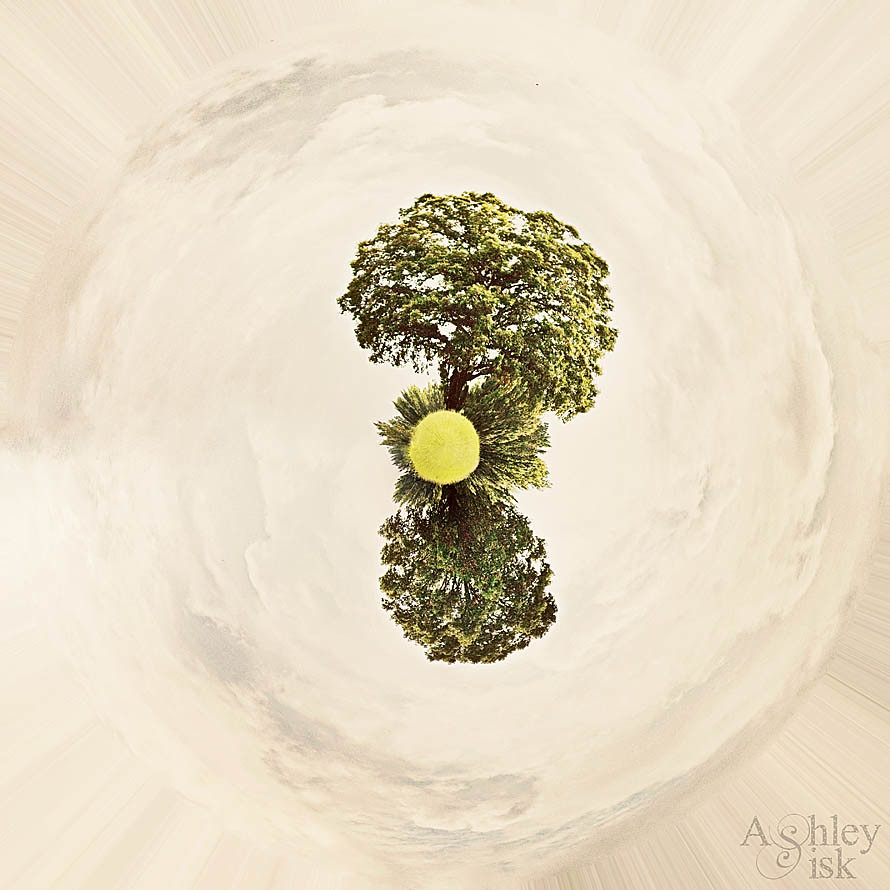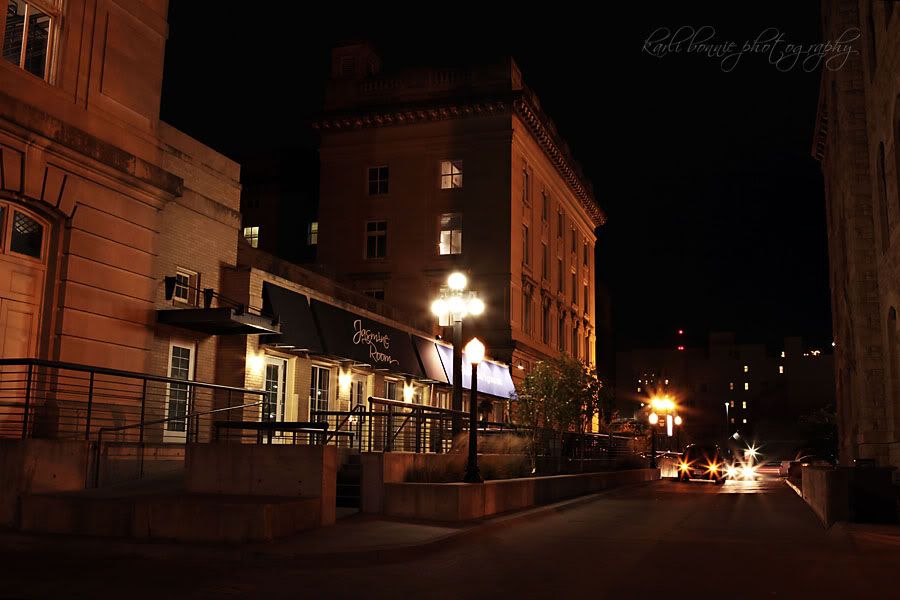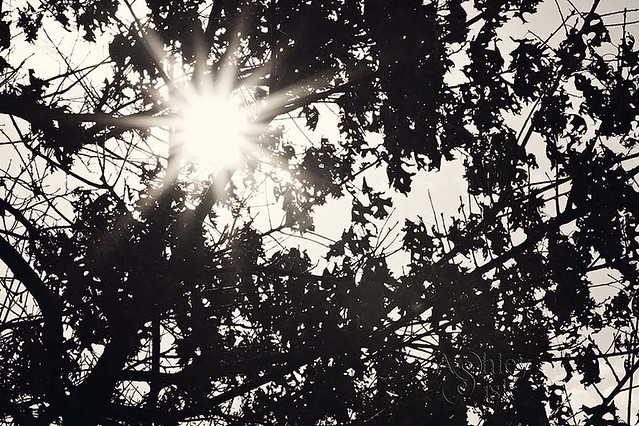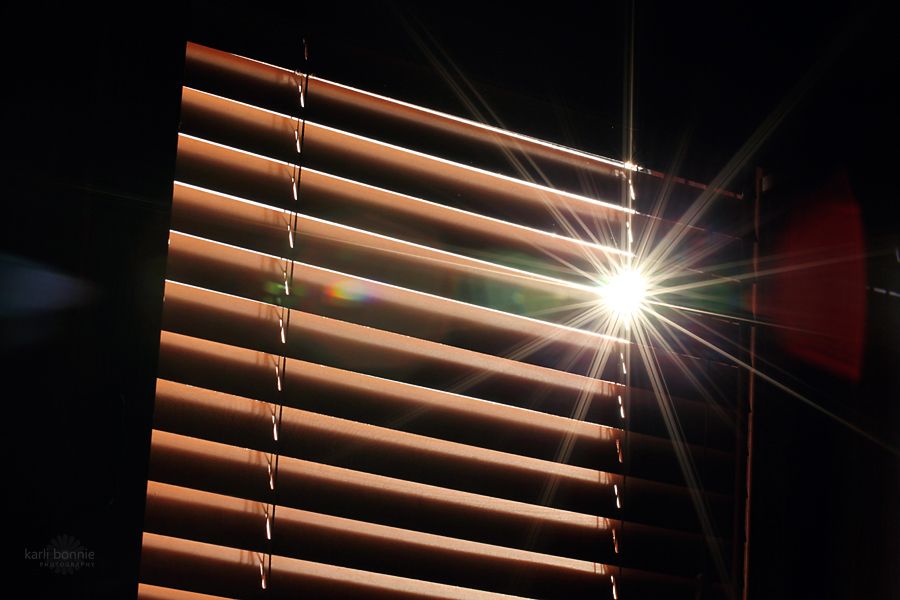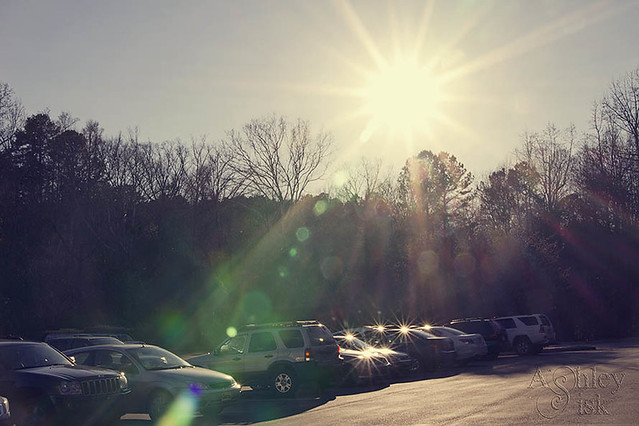mission: MUSE - "what inspires you?"
by guest muse gilly
For three months of the year I am almost completely uninspired. Down at the bottom of the UK, where I live happily most of the time, winters are not crisp, clear, white-snow-and-blue-sky affairs, but grey, grim and grungy. I lose interest – because what really gets me going is colour and bright light. Eventually spring does reappear, teasing me by peeking shyly round the corner at first, till eventually it gains the courage to come out in its full finery, and I start to perk up again.
I live in a small Victorian terraced house which was built to keep the elements out and to stop the sun fading the rugs and antimacassars. Even when a weak winter sun appears, it hangs too low in the sky for its rays to penetrate these defences, and the first sign of spring for me is when patches of light start appearing here and there on the walls and floors. Something as ordinary as sunlight on a wooden floor then becomes a reason to run for my camera.
I get obsessed with these patches of light, lying in bed in the mornings watching them move across the walls, and even photographing their progress (yes, still lying in bed). Eating dinner with my husband in the evening, I might suddenly grab his arm and say ‘LOOK!! Look at the light on that cushion!’ He’s a kind and obliging man and does his best to join in with my enthusiasms.
Neither was he offended when I told him that I took the following picture because of the shadows cast by the sun shining through his straw hat, and that they could have fallen on anything at all and I’d have been equally enthusiastic. But still, much-loved husband plus interesting shadows is a good combination.
This image is a rarity in my archives because it’s in black and white. I like looking at other people’s black and white photos – heck, I even subscribe to Black and White Photography magazine – but I’m so totally besotted with colour that I hunt it down and photograph it everywhere I go. During the sensory deprivations of winter I can get rather desperate about this, which often leads to some interesting experiments. Once, I took a plastic picnic glass and placed transparent coloured sweet wrappers inside it, then shone a very bright spotlight into the glass from above. This was the result:
Some colours are just so utterly delectable that I want to sink into them and pull them round me like a soft and exotic quilt, and that’s when I make them the whole subject of the photo. Ernst Haas once said ‘Colour is joy’ and for me it really is.
If you add one more ingredient to this colour and light mix– water – I’m in a veritable frenzy of delight. Water feeds all my senses: I love the sounds it makes, the salty sea smell and the clean linen smell of rivers and lakes, the silky way it feels against my skin when I swim in it, and most especially the way the light sparkles, shimmers, and dances on its surface. Often I simply take abstract shots of light, water and colour.
And when I look at the next photo I can hear that wonderful rattling sound the pebbles make when the retreating wave sucks them in:
Nothing lasts forever, and ultimately the light and the colour begin to fade into the soft golds and rusts of autumn and my camera lies more or less abandoned (although not unloved) until spring comes round again. Winter is my time for processing and digital play; this year experimenting with textures has kept me going till those patches of light start appearing again.
gilly of www.gillywalker.com and GillyinKent on flickr
"what inspires you?" is the the second assignment of the mission: MUSE series.
You may submit an entry to mortalmuses {at} yahoo.com.
We are still accepting "where i live" submissions.

















